Have A Good Trip Exclusive Interview: Donick Cary And Mike Rosenstein On Their Adventures With Psychedelics

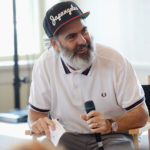
Desperate to escape your dull, dreary, quarantined reality? Donick Cary and Mike Rosenstein have got you covered. Their upcoming Netflix documentary, Have a Good Trip, explores the ways in which psychedelic drugs help us look at the world from a new perspective, and brings to live the craziest stories from Sting, Ben Stiller, Sarah Silverman, ASAP Rocky, Carrie Fisher, Anthony Bourdain and many others through mesmerizingly and trippy animation. In this exclusive interview, Donick and Mike transport you through the eleven years of research that went into making this eye-opening project more than just an imagined fever dream.
Tim Brinkhof: Before we begin, I feel I should come clean and admit that, even though I was born and raised in Amsterdam, I’ve actually yet to trip. With that out of the way, your doc features a number of celebs who share their wildest experiences taking hallucinogens, but what about your own?
Mike Rosenstein: I almost want to interview you instead, having grown up in a place where psychedelics are, you know, legal. We actually have a story in the film that Paul Scheer tells – he’d never done psychedelics in his entire life, went to Amsterdam, did them, went to the Van Gogh Museum, and had an amazing experience. I’ve tried magic truffles in Amsterdam before, which was a fun experience.
T: I don’t have a lot of Dutch friends who trip, but my American ones, whenever they visit, always do. The Van Gogh Museum is always a popular destination for them, but another thing they like to do while on shrooms is bike through the city, which I don’t really get because it’s as hectic as driving a car through lower Manhattan.
M: Waaaaaaay too dangerous for me.
T: With marijuana getting legalized in many states, it’s safe to say society’s perception of drugs is changing. Did you have this cultural sub-current in mind while developing the doc?
Donick Cary: We discussed a lot of different ways in terms of how to structure this. One was: what if we did it like an acid trip? and it took this path, and you take it and you wonder if it’s coming on, and then your belly starts to get butterflies, and then suddenly you’re laughing a lot, and then suddenly you start to see stuff, and then it’s getting weird. And then we realized that’s like a twelve hour movie and we couldn’t really do that. But…what was the question again? Oh, we realized that the conversation about psychedelics in the last fifty years – ever since the sixties – has been taking place in a hysterical, Just Say No-kind of context, while the reality is that a lot of people dabble in psychedelics and find them to be tools of sorts. As we were editing, a new psychedelic revolution was starting to happen. Like you said, because marijuana became legal, it opened the door a little for other things to be talked about. I won’t speak for you, Mike, but I’m not advocating the drug so much as a rational conversation about it; there’s something powerful here that we’ve been ignoring and not using for our benefit when we can.
T: In the press notes, you said you intended for this doc to be a response to some of the “scare films” you saw when you were a kid. What kind of films are you referring to?
D: I grew up in the Reagan years with just the Just Say No campaigns and after school specials, the gist of which was: if you take LSD or mushrooms or whatever, you’ll jump out of a window. Now, as a cynical teenager I was like, “Well, that doesn’t sound totally true…” and here I’m going to these Grateful Dead and punk rock shows and places where there are psychedelics, and there might be twenty five thousand people in these arenas and it’s not like everyone’s pulling up on the roof and jumping through the windows, so something seemed to be off with this information we’d been given; at any rate, this was not a rational conversation, not a way for anyone to really learn anything or make informed decisions.
T: In the comment section of the trailer on YouTube, some people were worried the doc would only focus on the crazy, sensational side of taking these drugs. But, as you just said, the potential medical, psychological and spiritual benefits also play an important role in the story, right?
D: Mike and I are both comedy writers; comedy is the first drug I got addicted to. Steve Martin, Bill Murray, Saturday Night Live, Monty Python – I couldn’t get enough. This film started as, let’s do something funny, let’s talk to people and reenact stuff you would never be able to reenact otherwise – dragons, flying through space, whatever comes out of people’s brains when they’re on psychedelics. But then, getting into these conversations with people, and learning how transformative it has been for many of them, and starting to do the research, and talking to Charles Grove – a researcher at UCLA; he’s in the movie – to the folks over at MAPS [Multidisciplinary Association for Psychedelic Studies], to Anthony Bossis, who’s done a ton of studies at NYU… the incredible work they’re doing – the fact that it hasn’t become mainstream yet – I think this movie can help it do that through people you’re used to seeing in other contexts talking about this.
T: The animated segments are produced by SugarShack. Were they your first choice, or did you ever consider different artists with different animation styles?
D: SugarShack Animation is my company; they were definitely not my first choice but I worked them so much I had to hire them. I’m just kidding – they’re a studio I set up with friends (Alex Stancioff and Milan Mishkovsky) in Bulgaria back when I did a show called Lil’ Bush on Comedy Central. Since we actually did a tripping episode for that project, I knew that they were up for the task.
M: SugarShack was definitely our number one choice. At the time we started this film, I was working with Ben Stiller and Stuart Cornfeld at Red Hour, our production company, and Donick had this great idea alongside this great animation company, and not only there so many different styles we wanted to put into movie, we also wanted different eras, with some that feel like they were from the seventies and eighties, and even outer space.
D: The movie that really inspired me to use more animation was Waltz with Bashir, which brought to live its stories in such a way it really transported you, not only to the place and time these characters lived in, but it also took you inside their own heads, where almost anything can come to life. We wanted to reenact some with live-action, but that would require hundreds of millions of dollars of CGI effects, so animation was a no-brainer.
T: Were there any celebs you interviewed that took you off guard with what they had to say?
M: Personally, I found Sting’s very surprising because he had so many stories and was very eloquent in the way he told them. He’s learned a lot about the drugs and has really integrated them into his daily life.
D: He’s an advocate for safe usage of and personal growth through psychedelics. When we sat down to interview him, I thought he might have funny stories, but I wasn’t exactly ready for that. Rosie Perez is another person, for me at least. We interviewed her the same day we filmed Anthony Bourdain’s story, and Anthony – as expected – gave us some amazing stories, and I expected that, but then Rosie came in, and I don’t think of her as a psychedelics person; I don’t think she does either. I didn’t know what was gonna happen, but not only did she have funny revelations, she told them in such a concise manner, which is very hard when talking about psychedelics. It’s like Carrie Fischer said, they don’t lead to orderly stories.
T: Anthony Bourdain and Carrie Fischer both passed away quite some time ago. The fact that you sat down and talked to them makes me wonder, how long has this project been in development for?
D: The genesis took place eleven years ago, and there are a couple explanations for that. First of all, this was a side project for both of us, so it was never a full-time job. On top of that, celebrity interviews are hard to come by. We did over seventy-five of them, and just sort of had to wait until these opportunities popped up. Animation also takes a lot of time, and naturally financing comes in when it comes in. But yeah, some of these interviews took place five years ago. Of course, we were devastated when we lost Anthony, just as we were when we lost Carrie, but their stories, and the way they talked about this headspace, and how fond of it they were – it was honestly somewhat of a guilty pleasure for us: we got to spend time with them in the editing room; even though they were gone from the planet, they still had these unseen interviews full of wisdom they wanted to share.
T: If you could interview anyone for a sequel, who’d it be?
D: There are a few people we got close to interviewing for the first film. I talked to Susan Sarandon three times on the phone trying to set up a meeting; she had amazing stories about her knowing Timothy Leary. Dave Grohl, from Foo Fighters, was ready to go, but we could never schedule. However, the big fish we tried and tried to catch in so many different ways – Mike and I both thought we had to have a Beatle in this. Paul, Ringo, come on! Share your perspective! Maybe this time around it’ll be easier to get a hold of them. I’m sure they don’t want to necessarily advocate for anything, but they have some great things to say. “All You Need Is Love,” I mean, that’s Ringo’s life’s work! Let’s talk about how psychedelics informed that!
T: In your opinion, what is the most realistic rendition of what it’s like to trip that you’ve seen on screen?
M: We have a small beat in the movie about a scene in Fear and Loathing where he goes to the Vegas casino and sees the carpet morphing and moving in this way that’s not silly.
D: David Cronenberg did that version of Naked Lunch that had this lizard-y, snake-y stuff, and there’s some typewriters coming to life; it’s great, though I’d almost say it’s better to read something like Fear and Loathing than it is to watch it, just because your brain paints these pictures in a way that you yourself just never could, and some books, specifically Carlos Castaneda’s work, bring to life the psychedelic experience in a way that’s profound and just gets to the point without relying on any visual distractions.
T: Have you ever seen Gaspar Noé’s Enter the Void?
M: That was gonna be the other one I was gonna mention.
T: With the pandemic going nowhere in the foreseeable future, I’m sure your doc will be welcome invitation to escape reality for a moment, as I’m sure they’ll want even more afterward. So, is there any other trippy content you guys would recommend viewers after they finish your doc?
D: I’ll start with the stuff I made myself. I wrote an episode for The Simpsons called D’oh-in’ in the Wind, in which Homer inadvertently gets everybody juiced. There’s a fun trip sequence in that. There’s also The Mysterious Voyage of our Homer, in which Homer goes on a search for his soul mate alongside a spirit animal voiced Johnny Cash – it’s a very sweet little episode about him falling in love with Marge, but all told through psychedelics. Oh, Yellow Submarine, gotta watch that.
M: I also just watched and loved The Midnight Gospel, which is a very psychedelic Netflix animated show from our friend Duncan Trussell.
Have A Good Trip streams on Netflix May 11th. This interview was condensed and edited for clarity.

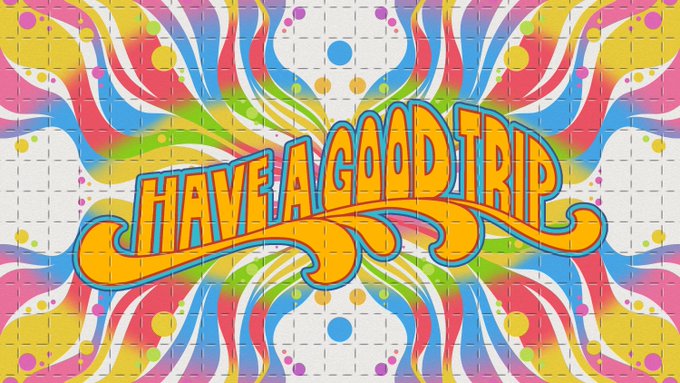
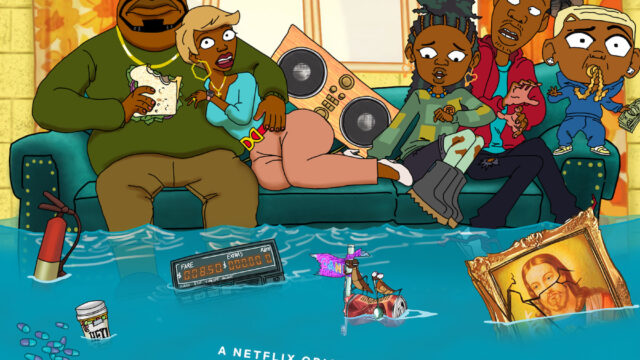


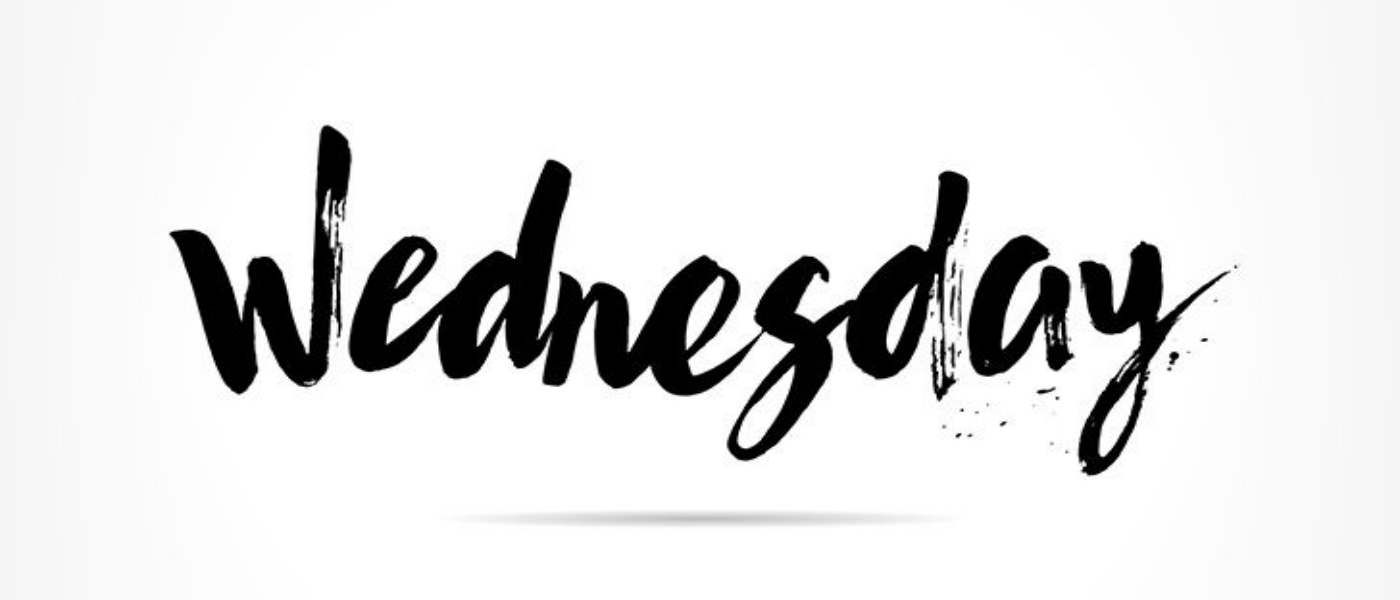

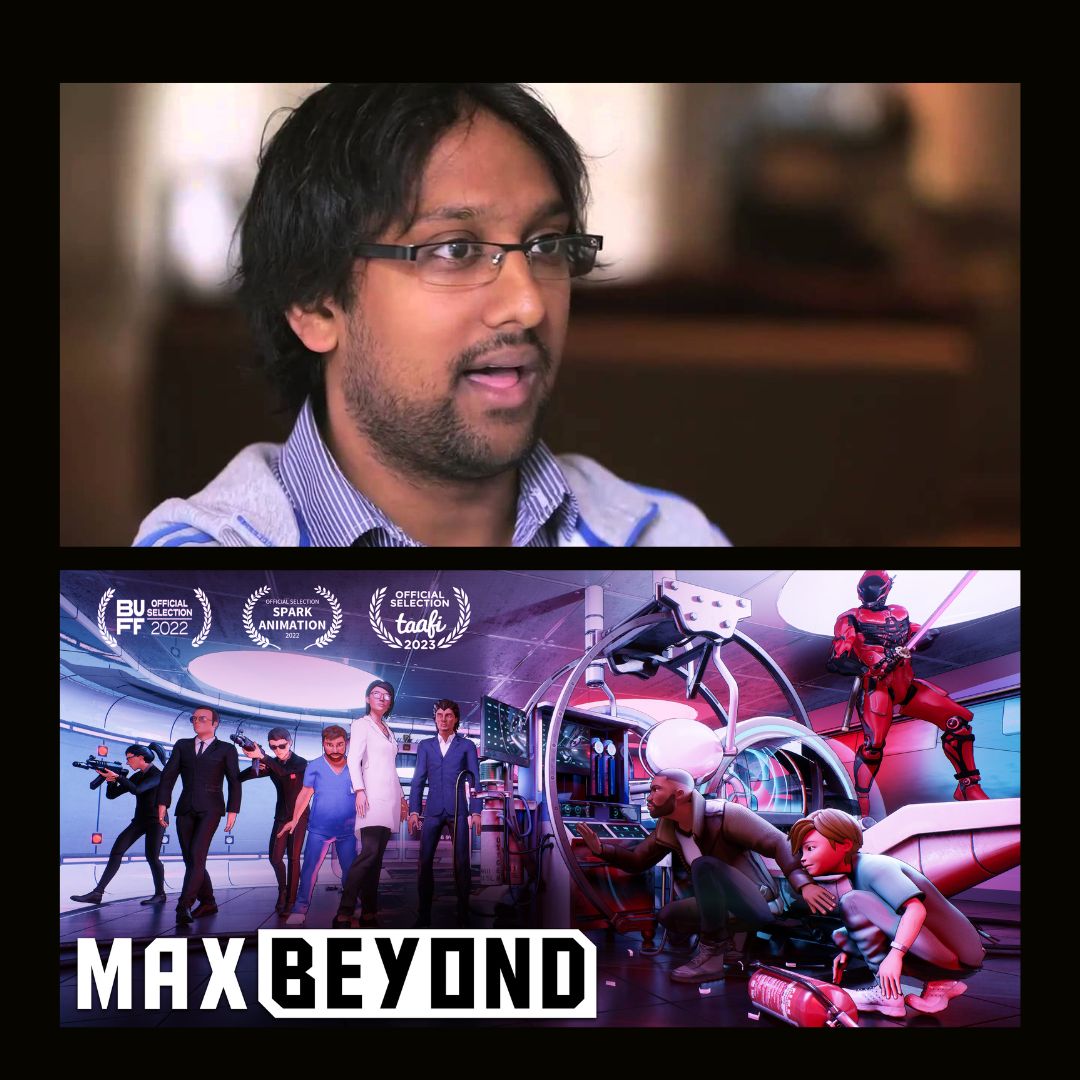



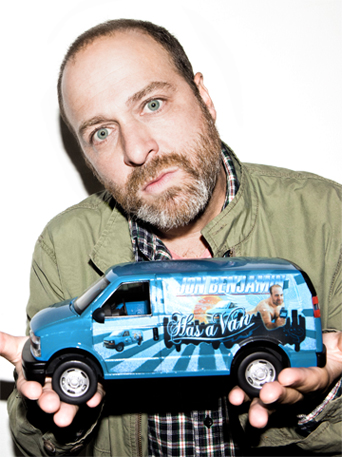















Hi Ashley, thank you so much for reading and we love the feedback. Note that on that day we had 14th posts go up and only ten posts show on the front page, so it's possible the preview had already been archived by the time you got to it. One recommendation would be to add our RSS feed to your favorite news aggregator service like Feedly, this way you get all of the latest posts!